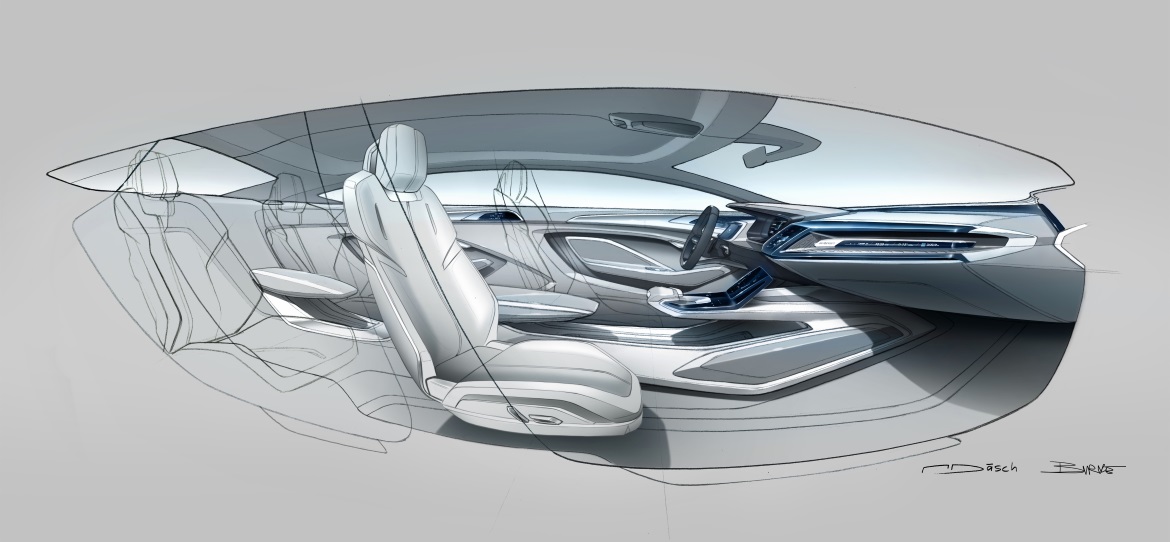The Audi E-Tron Sportback Concept makes its world debut in the Chinese metropolis of Shanghai. The brand with the four rings presents the study of a four-door Gran Turismo with a powerful 320 kW electric drive at the Auto Shanghai 2017 this spring. The formal idiom of the coupé with Lux Silver paint finish combines classic Audi elements with an array of trendsetting details: an electrifying architecture, tailored consistently to the technology and the package of the electric drive.
In an initial encounter with new forms, the eye seeks out familiar elements. The design of the Audi e-tron Sportback offers these from every perspective, yet it also springs surprises with radically new lines and solutions. One example is the front end of the electric automobile. It still sports the Singleframe, which has been the distinguishing feature of every Audi since 2003. Now, however, its design acknowledges that the function of a classic radiator grille has become obsolete: the electric motor at the front needs nothing like the amount of air that a combustion engine does, so the large opening at the front of the car is no longer required. Behind the familiar octagon of the Singleframe, with its overtly wide, horizontal cut, there is a large-area panel painted in the body color. Its sculptural surface has a structured pattern emblazoned with the four rings logo, just like the grille of the classic Audi Singleframe.
For the interior, the Audi e-tron Sportback concept draws systematically on the package advantages of a car with battery-electric drive. The energy storage units vanish entirely under the floor, and the electric motors occupy far less space than a combustion engine with all its auxiliaries and voluminous gas tank. This design gives emphasis to the air of light-filled spaciousness, and the apertures in the slender supporting elements can be used as extra storage options. Furthermore, the horizontal bias of the interior architecture increases the impression of spaciousness. The driver and up to three passengers travel on individual seats; there is a generous amount of legroom and shoulder room at the rear. The entire interior is focused on the driving area and controls. The large black-panel display surfaces behind the steering wheel and on the center console appear black when inactive, and turn live together with their display elements as soon as the car is started, a design that is reminiscent of the minimalist screen, based cockpits of modern commercial aircraft.














